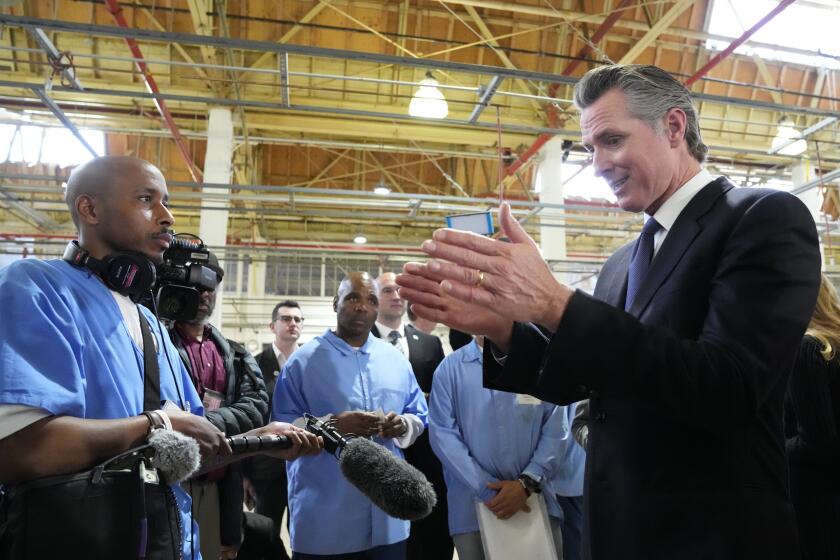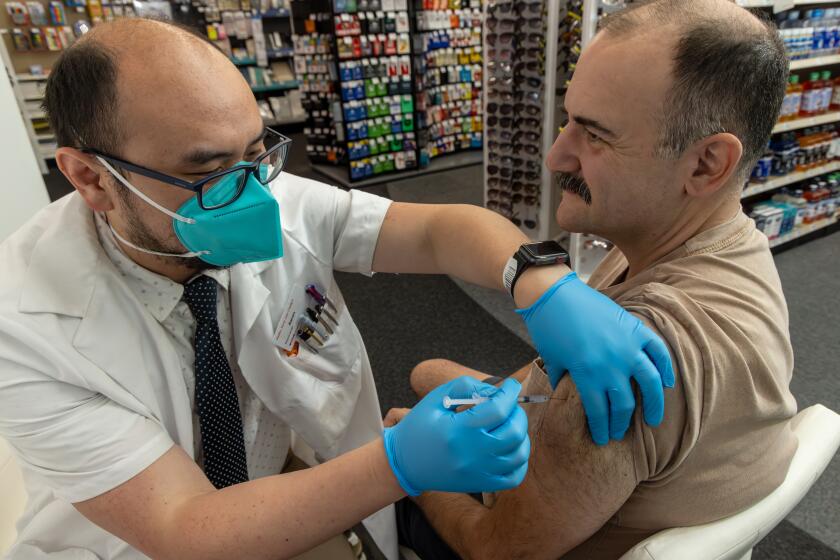Bids for System Solicited : Freeway Phones a Step Closer to Reality
- Share via
Two years after the roadside abduction and slaying of a San Diego woman made freeway safety a heated issue, local transportation officials announced plans this week for a multimillion-dollar emergency telephone system that should make county freeways safer for stranded motorists and improve the efficiency of the California Highway Patrol.
The process began this week when ads appeared in local newspapers and the Wall Street Journal announcing the solicitation of bids for the project, said Granville Bowman, executive director of the San Diego Service Authority for Freeway Emergencies (SAFE).
Bowman said he expects the weeklong ad campaign to draw sufficient interest for the job, part of which he said should be in operation by late next year.
Concern over the safety of stranded freeway motorists was touched off by the 1984 killing of Anne Catherine Swanke, a University of San Diego honor student who was abducted and slain when she returned to her car after running out of gas.
In January, 1985, two months after that attack, a 27-year-old woman said she was raped at gunpoint by a motorist who had picked her up after she had unsuccessfully tried to flag down passing police, Sheriff’s Department and CHP officers.
Shortly thereafter, the county Board of Supervisors began planning the phone system, which has led to the current search for manufacturers.
Bowman said SAFE will probably receive about a dozen bids, and a manufacturer is to be chosen March 30.
“We expect this system to help and educate the public . . . people don’t really appreciate the danger they’re in out there when their cars break down,” Bowman said.
The freeway call boxes would be placed at quarter-, half- and one-mile intervals on 283 miles of freeways in the county.
Bowman said CHP dispatchers will be responsible for determining whether a call is serious enough to warrant sending an officer to aid a stranded motorist. If the situation is deemed insufficient to require an officer, the motorist will be put in contact with a towing service or relatives, Bowman said.
“This would free the officers from having to drive motorists with empty gas cans around,” Bowman said.
Although the phones will make the freeways safer and in some cases lessen the workload for the CHP, they won’t solve every problem, said Ben Killingsworth, commander of the CHP in San Diego, Orange, Riverside and Imperial counties.
“In some cases the phones will be at half-mile or mile intervals and if a car breaks down halfway between one of them it’s still a risk (to the caller) . . . a person has to make a choice between waiting in the car or going for help,” Killingsworth said.
With the installation of as many as 1,382 call boxes in San Diego County, the CHP may have to hire four or five additional dispatchers to deal with the increased number of calls, Killingsworth said.
He said the cost of the additional personnel would be covered by a $1 motor vehicle fee approved by the Legislature in 1985 and paid by county residents. The fee will net the county about $1.5 million a year, which will be used to run the phone system, Bowman said. Bonds could also be issued by the county to help defray costs, he added.
Bowman said the system will show the CHP dispatcher the location of the call box when a call is placed. In addition, each box will sound an alarm if it is being vandalized.
More to Read
Sign up for Essential California
The most important California stories and recommendations in your inbox every morning.
You may occasionally receive promotional content from the Los Angeles Times.













